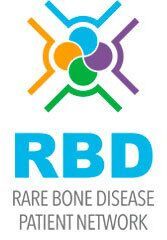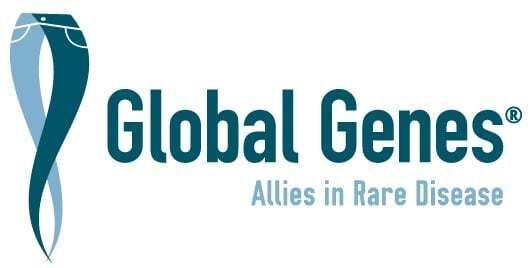
When it comes to lymphatic health, conditions can look very different from the outside—but inside, they often share common roots. This is especially true for isolated lymphatic malformations (LMs) and complex lymphatic anomalies (CLAs). While LMs usually appear as localized, fluid-filled cysts, CLAs affect the lymphatic system more broadly and can impact multiple organs. At first glance, they seem like separate conditions. But research is showing they are connected in important ways.
Common Genetic Drivers
Groundbreaking genetic studies have revealed that both CLAs and LMs can arise from similar mutations in key genes that control lymphatic development, such as PIK3CA and BRAF. This means that what scientists learn from studying one condition often sheds light on the other. For example, insights into how PIK3CA mutations drive cystic growth in isolated LMs can inform how similar pathways might contribute to the widespread complications seen in CLAs.
Shared Treatment Pathways
Because of these genetic and biological connections, therapies being tested for CLAs may also hold promise for people with isolated LMs—and vice versa. Medications that target overactive signaling pathways, such as mTOR and PI3K inhibitors, are already being studied across both groups of patients. Each clinical trial or treatment success story builds a stronger foundation for the entire lymphatic anomaly community.
Real-World Examples of Shared Research
The connections between isolated LMs and CLAs aren’t just theoretical—they’re showing up in labs and clinics around the world. Here are a few examples of how discoveries in one area are shaping care for the other:
- Genetic Breakthroughs: Mutations in the PIK3CA, KRAS, and NRAS genes have been identified in both isolated LMs and CLAs such as generalized lymphatic anomaly (GLA), kaposiform lymphangiomatosis (KLA), and Gorham-Stout disease (GSD). These findings explain why patients with seemingly different conditions may respond to the same targeted therapies.
- Targeted Therapies:
- Sirolimus (mTOR inhibitor) has been studied in both isolated LMs and CLAs, showing improvements in symptoms, quality of life, and disease stabilization.
- Alpelisib (PI3K inhibitor), developed for PIK3CA-driven conditions, is now being tested across both isolated LMs and CLAs with the same genetic pathway involvement.
- Imaging Advances: Cutting-edge tools like dynamic contrast MR lymphangiography allow doctors to visualize abnormal lymphatic flow. These techniques, first applied in complex cases, are now improving diagnosis and treatment planning for isolated LMs as well.
- Interventional Procedures: Approaches such as sclerotherapy and embolization, pioneered for macrocystic LMs, are being adapted to manage localized complications in patients with CLAs.
- Patient Registries: Data collected through a new International Patient Registry for Lymphatic Malformations will provide a unified picture of disease progression, treatment outcomes, and quality-of-life challenges. This shared knowledge benefits the entire lymphatic anomaly community. The new registry will be launched in 2026.
Together, these overlapping areas of research highlight a powerful truth: progress for one group of patients is progress for all.
Why This Matters for Patients
For patients and families, this means that no research effort exists in isolation. A discovery in one area can ripple outward, improving understanding, care, and treatment options across the spectrum of lymphatic anomalies. Supporting research into CLAs doesn’t just help those with complex, multi-organ disease—it can directly benefit individuals with isolated lymphatic malformations, too. The reverse is also true: progress in LM research can accelerate breakthroughs for CLAs.
A Future of Collaboration
As the field grows, scientists, clinicians, and patient advocates are working together to ensure discoveries are shared across the community. By bridging the gap between CLAs and isolated LMs, researchers are not only building knowledge but also creating hope—hope for more accurate diagnoses, more effective treatments, and ultimately, a better quality of life for all those affected.










